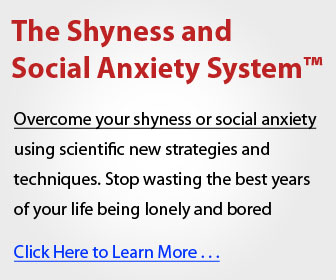The flutter of excitement, the subtle glances, the nervous laughter – these are just a few of the telltale signs that someone may have a crush on you. Navigating the realm of romantic interest can be both thrilling and daunting, especially when trying to decipher whether someone harbors feelings for you. In this comprehensive guide, we delve into the subtle cues and behaviors that may indicate someone has a crush on you, empowering you to navigate the intricate dance of romantic attraction with confidence and clarity.
- Pay Attention to Body Language: Body language can be a powerful indicator of romantic interest, often revealing subconscious cues that betray underlying feelings. When someone has a crush on you, they may exhibit a range of subtle yet revealing behaviors, including:
- Proximity: Pay attention to how close they position themselves to you in social settings. Individuals with a crush may gravitate towards your vicinity, seeking opportunities for closer interaction and engagement.
- Eye Contact: Sustained eye contact is a classic sign of romantic interest. If someone frequently locks eyes with you or holds your gaze for longer than usual, it may indicate a heightened level of attraction.
- Mirroring: People tend to unconsciously mimic the body language of those they are attracted to. Notice if the person mirrors your gestures, postures, or facial expressions, as this can be a subtle yet revealing indication of their interest.
- Touch: Light, incidental touches such as brushing against your arm or adjusting your hair can be indicative of romantic attraction. Pay attention to any physical contact, however subtle, as it may signal a desire for closer connection.
- Observe Their Behavior Around You: The way someone behaves when in your presence can offer valuable insights into their feelings. When someone has a crush on you, they may display certain behaviors that betray their romantic interest, including:
- Nervousness: Feelings of nervousness or anxiety are common when someone is attracted to another person. Watch for signs of fidgeting, stuttering, or blushing, as these may indicate that the person is feeling self-conscious in your presence.
- Attention: Individuals with a crush often go out of their way to pay attention to the object of their affection. Notice if they actively seek opportunities to engage with you, ask you questions, or express interest in your life and interests.
- Compliments: Pay attention to any compliments or flattering remarks directed towards you. While compliments are not always indicative of romantic interest, frequent or specific compliments may suggest that the person views you in a favorable light.
- Initiating Contact: If someone has a crush on you, they may take the initiative to initiate contact or make plans to spend time together. Whether it’s sending text messages, inviting you to social events, or suggesting one-on-one activities, their efforts to connect may be a subtle indicator of their interest.
- Notice Their Social Media Behavior: In today’s digital age, social media provides a unique window into people’s lives and interactions. When trying to discern if someone has a crush on you, pay attention to their behavior on social media platforms, including:
- Frequent Interactions: Notice if the person frequently likes, comments on, or shares your posts on social media. While this behavior alone may not necessarily indicate romantic interest, consistent engagement with your content may suggest that they are interested in maintaining a connection with you.
- Direct Messages: If someone has a crush on you, they may initiate private conversations or direct messages on social media platforms. Pay attention to the frequency and content of their messages, as well as any indications of flirtation or romantic interest.
- Tagging and Mentioning: Individuals with a crush may go out of their way to tag you in posts or mention you in comments, signaling their desire to include you in their online interactions and social circles.
- Trust Your Intuition: Ultimately, the most powerful indicator of whether someone has a crush on you may be your own intuition and gut feelings. Trust your instincts and pay attention to your own emotional responses when interacting with the person in question. If you find yourself experiencing a sense of mutual attraction or connection, it’s likely that there is genuine interest present.
Conclusion: Deciphering whether someone has a crush on you can be a nuanced and complex endeavor, influenced by a myriad of subtle cues and behaviors. By paying attention to body language, observing their behavior around you, noticing their social media activity, and trusting your intuition, you can gain valuable insights into their feelings and intentions.
However, it’s important to approach these observations with a sense of empathy, sensitivity, and respect for the other person’s boundaries and autonomy. While recognizing signs of romantic interest can be exciting, it’s essential to communicate openly and honestly with the individual to ensure that mutual feelings are acknowledged and respected.

